He ... , who can no longer pause to wonder and stand rapt in awe, is as good as dead: his eyes are closed. -- A.Einstein (full text) Tumblr inspired by Jason Silva's talk. Photo of iris by Suren Manvelyan. Photo of fireflies by Vincent Brady. Rapt in Awe's YouTube playlist. .
Don't wanna be here? Send us removal request.
Photo



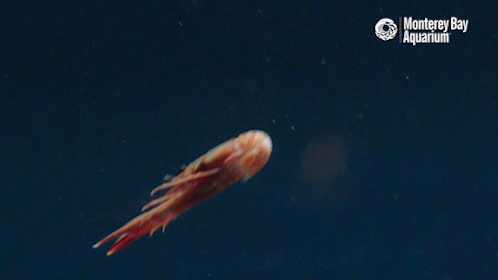



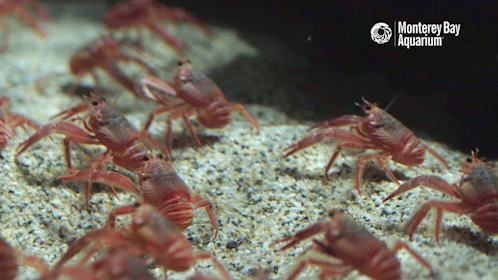
Pelagic red crabs are making themselves at home in their new exhibit! Also known as tuna crabs, these crimson crustaceans washed up en masse in Monterey Bay during the 2015 El Niño.
4K notes
·
View notes
Photo

This animation shows a cinemagraph of a breaking wave photographed by Ray Collins. The motion was inferred and digitally added by a second artist, Jersey Maria. The result is hypnotic, as if we are traveling beside the wave and watching it tear apart ever so slowly. The wave seems to be poised on a tipping point, only breaking up along its back edge, when instinct tells us it will keep steepening and tipping forward until its top curl crashes down in a wave of white foam. Surf photography like Collins’ work shows us an alternative perspective on waves, their power frozen into a single instant. Reanimated, it feels like we��re seeing the wave in hyper-slow-motion, watching every tiny movement of water before everything crashes down. Even if it’s not physically realistic, it is an awesome view. (Image credit: R. Collins / J. Maria, source, original; via Iwan A.)
15K notes
·
View notes
Photo

Fibonacci all day, every day [http://bit.ly/2jiUBF6]
44K notes
·
View notes
Photo

Malachite and azurite from Brazil
The blue azurite was frozen in the process of being altered into green malachite, giving us beautiful bi-coloured intergrown spheroids.
Loz
Image credit: Rob Lavinsky/www.irocks.com, size 11x7x5 Cm.
276 notes
·
View notes
Video
instagram
Mid-storm capture of the weather that brought waterfalls to Uluru, Australia last week.
22K notes
·
View notes
Photo







The magical bogs of Estonia
Image credit from the top (please don’t remove): 1. Urmas Haljaste, 2. Ragnis Pärnmets, 3. Margus Muts, 4. Anton Hallik, 5. Elvis Antson, 6. Jan Lepamaa, 7. Marek Metslaid
3K notes
·
View notes
Photo


Red sprites over Puerto Rico above Hurricane Matthew, October 1, 2016, (and in September 2016) photos by Frankie Lucena. Read more: smithsonian.com, rapt in awe.
4 notes
·
View notes
Photo
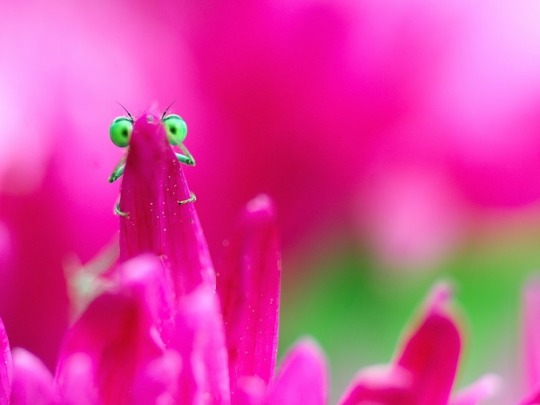
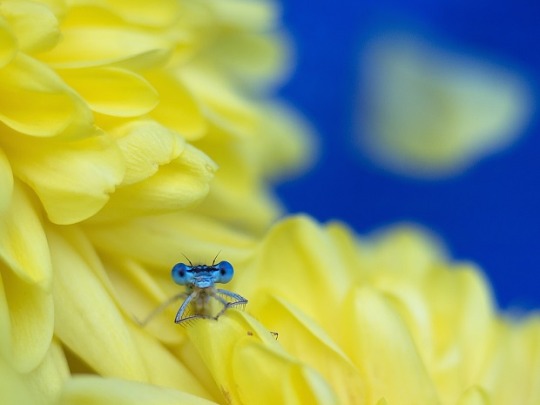

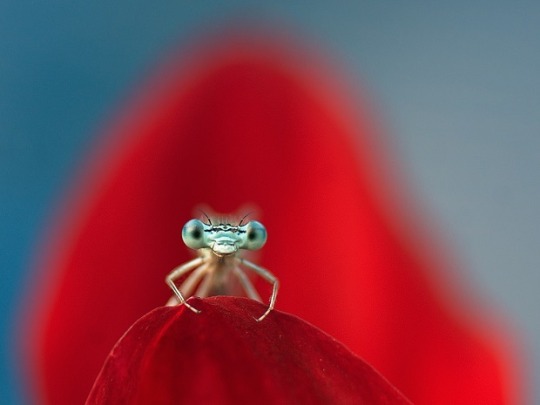
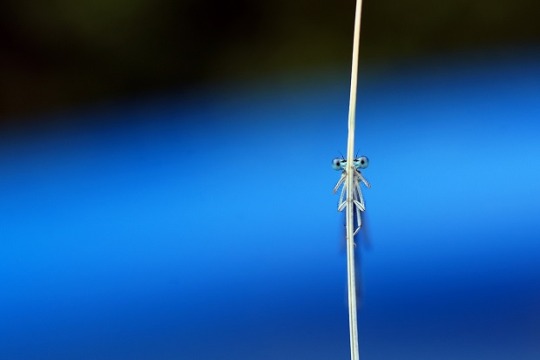
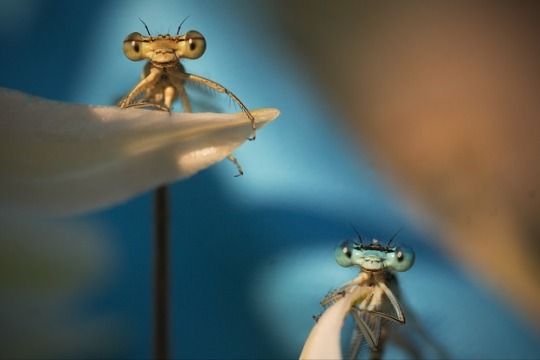
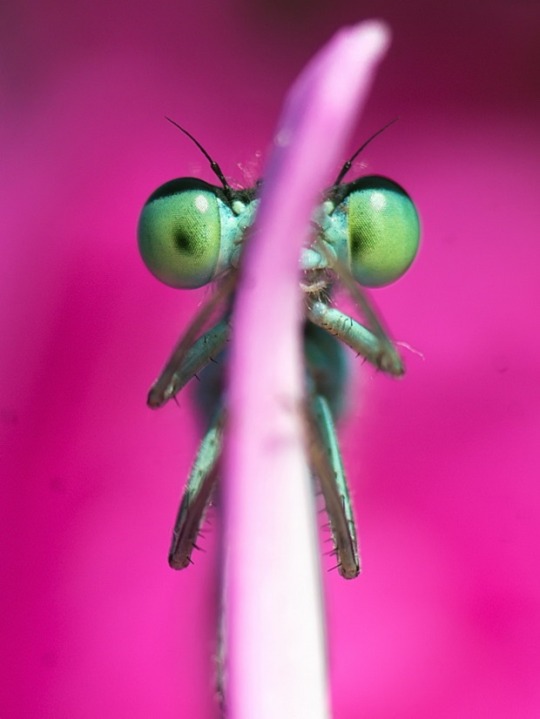
A Bug’s life, Remus Tiplea
2K notes
·
View notes
Photo




Birds wings found in amber
Following on from the discovery of dinosaur and bird feathers in fossil tree sap a couple of years ago (see http://bit.ly/1DTZQdF), two minute wings (3cm long) belonging to avians that flitted around the dinosaurs some 99 million years ago in the Cretaceous turned up in pieces of Burmese amber, much to the delight of researchers. Complete with bones and multicolour feathers, they reveal that birds with wings, skin and feathers much like today’s already flew in these long gone skies, and that at least 2 came too close to flowing tree sap and got stuck there, with only the entombed wings surviving the long years until they were mined. The piece comes complete with claw marks where one of the birdies tried frantically to escape (see the claw right of centre of the last photo).
Keep reading
124 notes
·
View notes
Photo

Tiny organisms live in a world dominated by viscosity. There’s no coasting or gliding. If a microorganism stops swimming, friction will bring it to a halt in less than the space of a hydrogen atom! To make matters worse, simply flapping an appendage forward and backward will get them nowhere. As we’ve seen before, these highly viscous laminar flows are reversible, meaning that a backward power stroke is simply undone by a mirrored forward recovery stroke. Instead, microorganisms like the paramecium swimming above are covered in tiny hairlike cilia which beat asymmetrically. They extend to their full length during the power stroke, but they stay bent during the forward recovery stroke. That asymmetry guarantees that they move more fluid backward than forward, thereby letting the paramecium make progress. (Image credit: C. Baroud, source)
435 notes
·
View notes
Photo

Planet Saturn, viewed by the Cassini space probe on August 18, 2013.
329 notes
·
View notes
Photo

23K notes
·
View notes
Video
Jeannot Kuenzel
4 notes
·
View notes
Video
Each egg is only about three millimetres in diameter. Photo by Jeannot Kuenzel
180 notes
·
View notes
Photo

‘Sup human.
2K notes
·
View notes
Photo



I bet you’ve never seen a sea lion wrestle an octopus before! Check out these amazing photos by Andrew J. Lee.
+ sofiabiologista
312 notes
·
View notes
Video
This is an absolutely unbelievable demonstration of the behavior of different layers in Earth’s atmosphere. Look how the distant clouds move so different from the near clouds.
38K notes
·
View notes